Thawbs (thobes or tobes) are a typical modest wear for the men of the Middle East. It is a long robe-like garment that decently conceals masculine physicality. However, the style and name of thobes differ among certain countries, including Saudi Arabia, UAE, Oman, and Morocco. In this guide, you will witness a detailed debate on Moroccan thobes vs Omani thobes.
Wearing traditional clothing provides an intriguing glimpse into various countries' creative expression and cultural legacy. The tobes from Morocco and Oman are two excellent instances of how clothes can convey the unique characteristics of their civilisations.
Al-Haq Thobes Shop helps you differentiate between Moroccan thobes vs Omani thobes. You will also study the distinctive qualities and cultural relevance of these clothes.
Characteristics of Omani Thawbs
Their exquisite yet understated style distinguishes Omani thawbs (kanduras or qamis). An Omani kandura is exemplified by:
Tassel Detail
A unique and valuable ornament, a little tassel hangs from the neckline. It is frequently scented with perfume.
Embroidery
The front and collar have subtle yet eye-catching embroidery. It adds refinement without overpowering the piece.
Headgear
Omani robe is typically worn by men with a colourful kufi or the traditional Omani shemagh. It adds cultural importance and enhances the entire appearance.
Characteristics of Moroccan Thawbs
Moroccan thawbs (djellabas or jalabiyas) are distinguished by their vivid and eye-catching patterns. These include:
Fabric and Fit
Djellabas are generally composed of cotton and silk for warmer weather. Heavier materials like wool are used for colder climes. For comfort, they frequently fit loosely.
Embroidery and Patterns
Rich, detailed needlework frequently covers a significant amount of the garment. It is paired with striking geometric motifs reminiscent of Moroccan architecture and art.
Hooded Designs
A hood adds visual appeal and usefulness to many contemporary djellabas.
Moroccan Thobes vs Omani Thobes
Moroccan and Omani robes are considered traditional Islamic clothing. However, their differing styles highlight the variety within the Islamic community.
Design Philosophy
Omani kandura has a striking tassel. It is simple yet with colourful embroidery. It highlights the outfit’s understated elegance. They are made to be elegant and functional at the same time.
Jillabas draw attention to their vivid hues and elaborate patterns. They often wear hoods to showcase Morocco's rich artistic legacy.
Cultural Importance
The traditional headwear and subtle design of Omani qamis highlight the significance of humility and beauty in Omani culture.
Moroccan creative traditions and workmanship are celebrated through intricate needlework and geometric designs, which are an integral aspect of Moroccan culture.
Climate and Fabric
Omani robes are made of softer materials. They are appropriate for Oman's warm climate and guarantee comfort without sacrificing style.
Morocco has few chances of scorching weather, so gallabeas are typically made of heavier textiles for their colder environment.
Fashion and Adaptability
Omani robes are simple, but you can also wear them at formal events.
Gallabeas are especially worn at formal events and celebrations because of their striking designs and vivid colours.
Buy Moroccan thobes here.
The Bottom Line
Every Moroccan and Omani tobe has a distinct narrative of cultural identity and artistic legacy. Djellabas are known for their elaborate designs and vibrant colours. Omani qamis are characterised by their subtle elegance and practical design. Both attires represent the diverse cultural tapestry of their respective areas in addition to being traditional clothing. Understanding the debate on Moroccan thobes vs Omani thobes helps you appreciate the various ways in which Islamic culture is reflected via men’s modest clothing.
